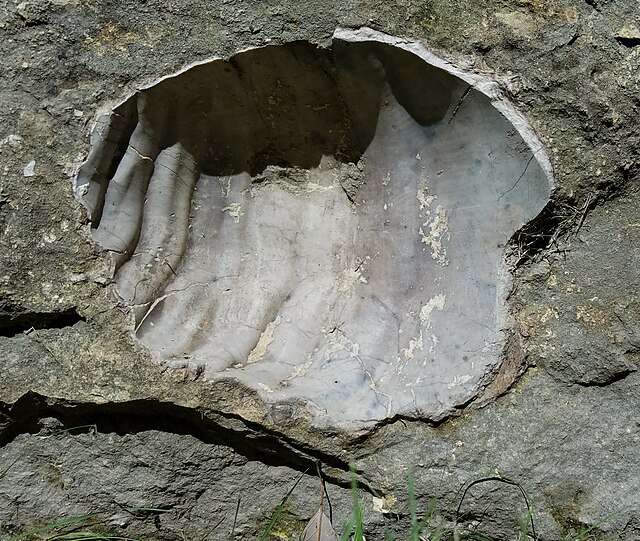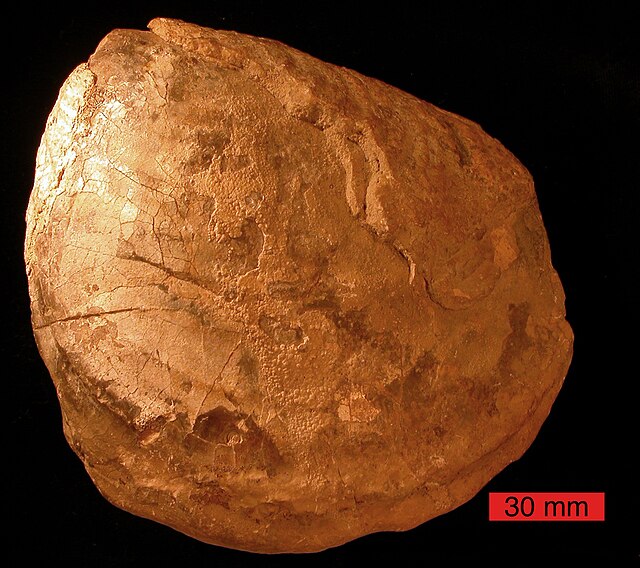The Niobrara Formation, also called the Niobrara Chalk, is a geologic formation in North America that was deposited between 87 and 82 million years ago during the Coniacian, Santonian, and Campanian stages of the Late Cretaceous. It is composed of two structural units, the Smoky Hill Chalk Member overlying the Fort Hays Limestone Member. The chalk formed from the accumulation of coccoliths from microorganisms living in what was once the Western Interior Seaway, an inland sea that divided the continent of North America during much of the Cretaceous. It underlies much of the Great Plains of the US and Canada. Evidence of vertebrate life is common throughout the formation and includes specimens of plesiosaurs, mosasaurs, pterosaurs, and several primitive aquatic birds. The type locality for the Niobrara Chalk is the Niobrara River in Knox County in northeastern Nebraska. The formation gives its name to the Niobrara cycle of the Western Interior Seaway.

The Smoky Hill Chalk badlands are in the Niobrara Formation, in Kansas.
Monument Rocks, Smoky Hill Chalk[clarification needed]
Cremnoceramus deformis is an index fossil of the Fort Hays Limestone Member.
Niobrara Chalk was weathered and opalized in the Valentine phase of the Ogallala Formation.
The Western Interior Seaway was a large inland sea that split the continent of North America into two landmasses. The ancient sea, which existed from the early Late Cretaceous to the earliest Paleocene, connected the Gulf of Mexico to the Arctic Ocean. The two land masses it created were Laramidia to the west and Appalachia to the east. At its largest extent, it was 2,500 feet (760 m) deep, 600 miles (970 km) wide and over 2,000 miles (3,200 km) long.
A broken concretion with fossils inside; late Cretaceous Pierre Shale near Ekalaka, Montana.
Monument Rocks (Kansas), located 25 miles south of Oakley.
Artist's impression of a Cretoxyrhina and two Squalicorax circling a dead Claosaurus in the Western Interior Seaway
Inoceramus, an ancient bivalve from the Cretaceous of South Dakota.


![Monument Rocks, Smoky Hill Chalk[clarification needed]](https://upload.wikimedia.org/wikipedia/commons/thumb/1/18/Monument_Rocks%2C_Gove%2C_Kansas.jpg/554px-Monument_Rocks%2C_Gove%2C_Kansas.jpg)





